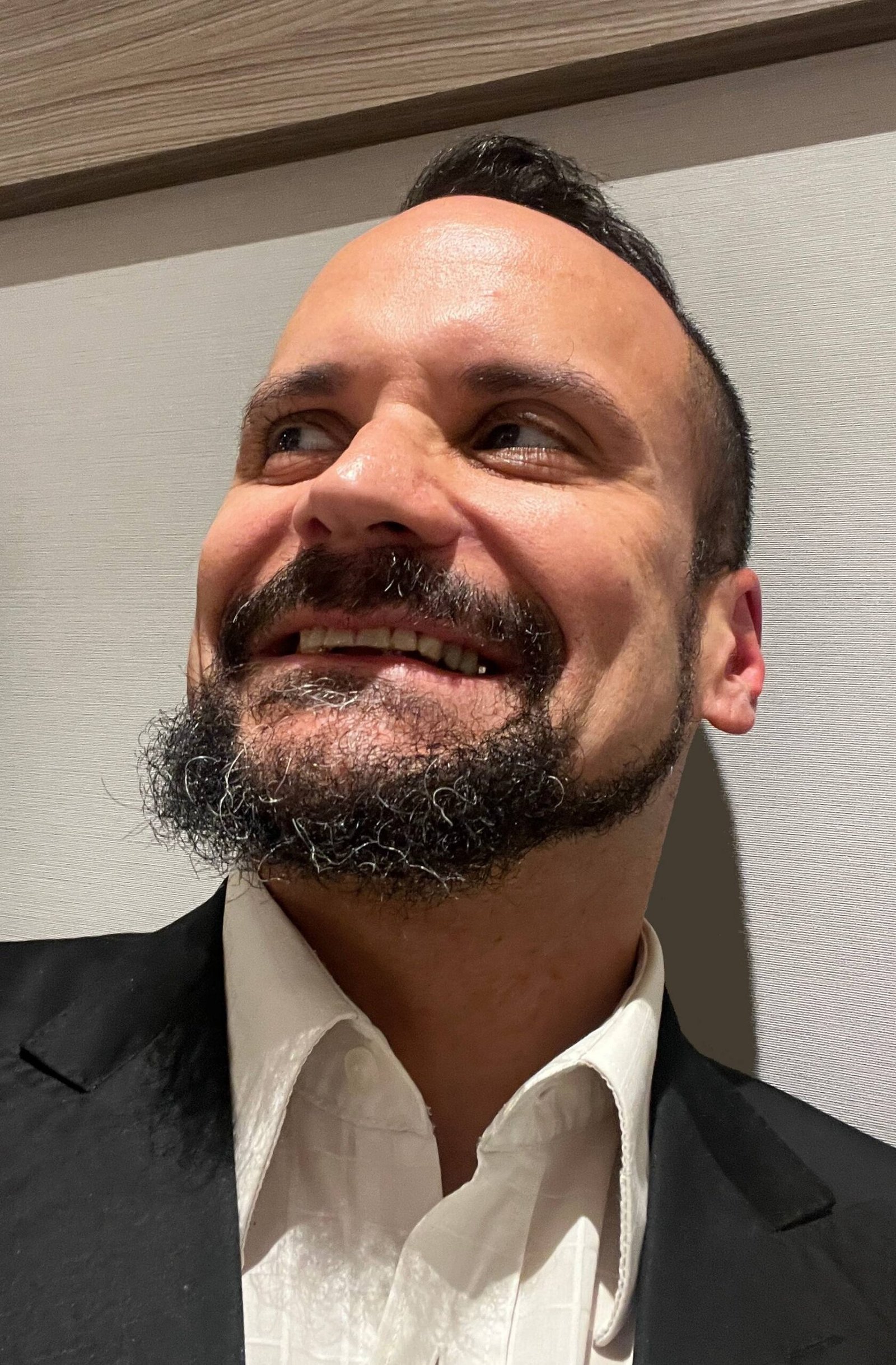


































It’s the early 1950s, and middle-aged Lee (Daniel Craig) has forsaken the Land of the Free in favour of hedonistic Mexico. He mingles with like-minded queers in the local joints, and engages with the hot youths (always with a little money to hand). He becomes infatuated with Gene (Drew Starkey), a very handsome and much younger countryman with bisexual “proclivities”. In reality, Lee moved to the Latin American country because he wanted to flee a very dangerous enemy: a soul-wrecking heroin addiction. He was only partly successful. While his new life enabled fresh experiences, he did not entirely break the habit. That’s undoubtedly related to the fact that the opioid is readily available on Mexican soil.
Lee invites Gene to travel to South America with him. He promises to pay all expenses in exchange for a little TLC twice a week, in a sweaty gentlemen’s agreement. They reach Ecuador in search of an elusive hallucinogenic called yage. Lee was reliably informed that the natural chemical possesses telepathic qualities. The older man hopes that the drug will help him to connect with the increasingly cold and distant Gene (who meets his “contractual” obligations, but shudders at his advances otherwise). This is a man desperate to forge a sense of love and intimacy. He is convinced that the drug is a both a catalyst and a conveyor of change. He hopes to locate an American doctor familiar with the plant (also known as ayahuasca) at the heart of the Amazon Jungle.
The ayahuasca tripping scenes are beautiful and sensual. Lee and Gene quite literally pour their heart out, while their two naked bodies fuse into one. This is guaranteed to raise some eyebrows. That’s because in real life the powerful concoction is neither a sexual nor a recreational drug, but instead a spiritual one. It causes people to vomit, urinate and defecate involuntarily, and that’s hardly erotic. Faeces and urine don’t fit in neatly into Guadagnino’s world. I wonder whether Burroughs and Guadagnino ever tried the drug, or witnessed a ceremony. The heroin-taking doesn’t look particularly realistic, either: there he is no tourniquet, and Lee injects the drug into his muscle as if it was a Covid jab.
Hailed by the Biennale’s Artistic Director as one of the four exponents of the “return of sex” (alongside Halina Reijn’s Babygirl, Dag Johan Haugerud’s Love, and Alfonso Cuaron’s television series Disclaimer), Queer utilises gay lovemaking as a narrative driver. It is Lee’s sexual desire that keeps him alive, and enables intimacy with Gene. The film includes about a quarter of a second of frontal nudity (of a secondary character) and a couple of sex scenes between Lee and Gene. A great opportunity to see Craig engage in simulated fellatio, both ways, and also a little humping (from a distance, of course). Just nothing beyond that. That such a timid film should be heralded as sexual revolutionary is a sign of our extremely sexphobic times . Incidentally, Venice is the city where one of the most audacious sex scenes in the history of cinema was filmed, in Nicolas Roeg’s Don’t Look Now (1973).
The Beat Poets had a tendency of exoticising Latin America (Jack Kerouac’s On The Road is a notable example), and Burroughs was no exception. This also shows in Guadagnino’s film. The Spanish-speaking countries are portrayed from a foreign perspective, as seen through the eyes of the “gringo” protagonist. This is emphasised by the entirely non-diegetic music score. Instead of songs by Consuelo Velazquez and Bola de Nieve, the Italian director opts for Nirvana, Sinead O’Connor and New Order. Groovy, if barely coherent with the decade in which the film takes place. Guadagnino is concerned with neither realism nor cultural coherence.
At 135 minutes, this queer fable boasts a well-rounded script and a satisfactory performance by Daniel Craig, plus a vivid colour palette. A couple of scene lapse into AI-intoxication and tawdriness. They include a bizarre encounter with a baneful viper a la Indiana Jones (it feels a little dissonant), and some aerial shots of the mid-century cities and landscapes (an airplane taking off is particularly clunky).Overall, Queer is an anodyne blend of strawberry fantasy and vanilla erotica. It’s fun to look at and easy to digest, however the flavours are mostly mild.
Queer premiered in the Official Competition of the 81st Venice International Film Festival, when this piece was originally written. The UK premiere takes place in October, during the 68th BFI London Film Festival. In cinemas on Friday, December 13th. Available on selected VoD platforms on Friday, January 31st.
















